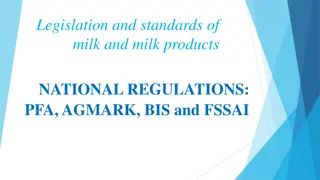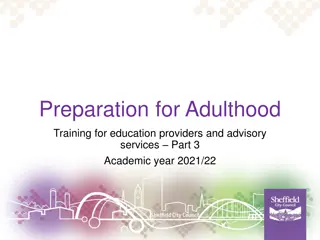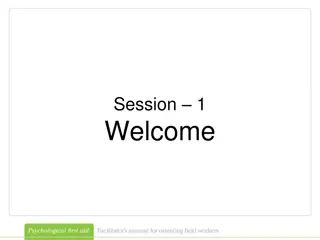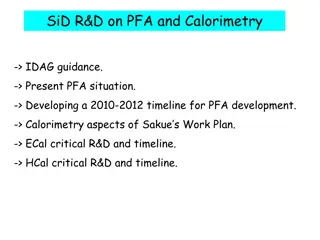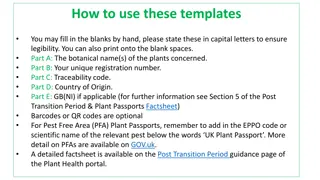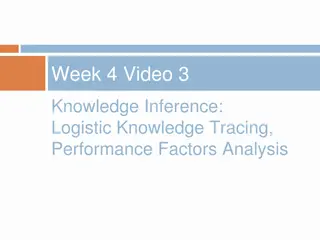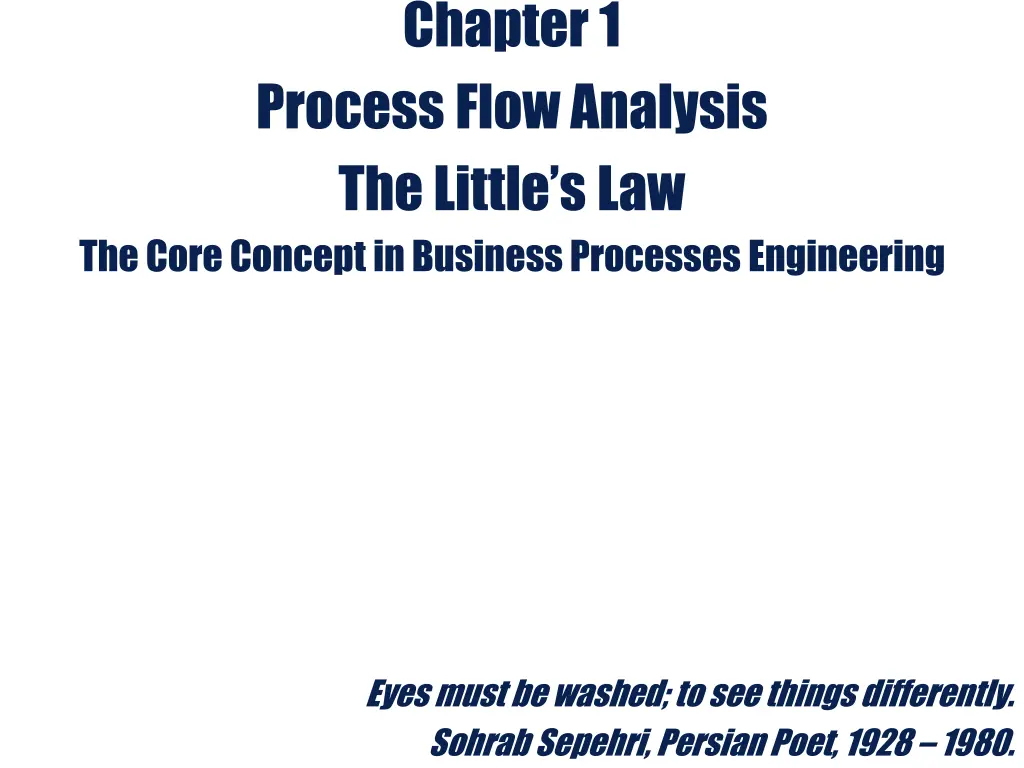
Process Flow Measures in Business Processes Engineering
Explore the application of Little's Law in analyzing process flow measures in business processes engineering, with a focus on a coffee shop process and auto-moto financial services. Learn how operational power impacts poverty and how a new loan application process can reduce processing time.
Download Presentation

Please find below an Image/Link to download the presentation.
The content on the website is provided AS IS for your information and personal use only. It may not be sold, licensed, or shared on other websites without obtaining consent from the author. If you encounter any issues during the download, it is possible that the publisher has removed the file from their server.
You are allowed to download the files provided on this website for personal or commercial use, subject to the condition that they are used lawfully. All files are the property of their respective owners.
The content on the website is provided AS IS for your information and personal use only. It may not be sold, licensed, or shared on other websites without obtaining consent from the author.
E N D
Presentation Transcript
Chapter 1 3. Process Flow Measures K1 . The Coffee Shop Process Flow Analysis The Little s Law The Core Concept in Business Processes Engineering 1 Eyes must be washed; to see things differently. Sohrab Sepehri, Persian Poet, 1928 1980.
3. Process Flow Measures K4. Auto-Moto Financial Services-The Old Process 2 Auto-Moto receives 1,000 applications per month. In the old process, each application is handled in a single activity, with 20% of applications being approved. 500 were in the process at any time. Average flow time T = ? 1000/month 200/month Process Ip=500 RT = I T = I/R = 500/1,000 months = 0.5 month or 15 days. 800/month The firm recently implemented a new loan application process. In the new process, applicants go through an initial review and are divided into three categories. Discussion: How operational power destroys the walls of poverty.
3. Process Flow Measures K4. New Process: The Same R, But smaller I 3 Subprocess A Review IA = 25 70% 200/month Accepted 30% 25% 10% Subprocess B Review IB = 150 Initial Review IR = 200 1000/month 25% 90% 50% 800/month R = 1000 I = IIR + IA + IB = 200 + 25 + 150 = 375 Inventory reduced to 375 from 500 in the old process. Since R is constant, therefore T has reduced. T = I/R = 375/1000 = 0.375 month or 0.375(30) = 11.25 days The new process has decreased the processing time from 15 days to 11.25 days. Rejected
3. Process Flow Measures K4. Questions 4 Compute average flow time. Compute average flow time at Initial Review Process. Compute average flow time at Subprocess A. Compute average flow time at Subprocess B. Compute average flow time of an Accepted application. Compute average flow time of a Rejected application. The first part of the lecture on this problem is available at https://www.youtube.com/watch?v=TauGBb5xbVs&t=10s The second part of the lecture on this problem is available at https://youtu.be/pyFq8JDHljM
3. Process Flow Measures K4. Flow Time at Each Sub-process (or activity) 5 Average Flow Time for sub-process IR. Throughput RIR= 1,000 applications/month Average Inventory IIR = 200 applications TIR = 200/1,000 = 0.2 months = 6 days in the IR sub-process Average Flow Time for sub-process A. Throughput RA = 250 applications/month Average Inventory IA = 25 applications TA = 25/250 months = 0.1 months = 3 days in sub-process A. Average Flow Time for sub-process B. Throughput RB = 250 applications/month Average Inventory IB = 150 applications TB = 150/250 months = 0.6 months = 18 days in sub-process B
3. Process Flow Measures K4. Routing, Flow Time, and Percentage of Each Flow units 6 One flow unit at very macro level: 1000 flow units/month at very micro level: Each specific application Two flow units: Five flow units: Application Accepted and rejected Accepted-A, Accepted-B Rejected-IR, Rejected-A, Rejected-B Accepted-A: IR, A Accepted-B: IR, B Rejected-IR: IR Rejected-A: IR, A Rejected-B: IR, B TIR = 6 days TA = 3 days TB = 18 days We also need percentages of each of the five flow units
3. Process Flow Measures K4. New Process: Intermediate Probabilities 7 Subprocess A Review T = 3 70% 20% Accepted 30% 25% 10% Subprocess B Review T = 18 Initial Review T = 6 100% 25% 90% 50% 80% Rejected
3. Process Flow Measures K4. New Process: Intermediate Probabilities 8 Subprocess A Review T = 3 17.5% 20% Accepted 7.5% 25% 2.5% Subprocess B Review T = 18 Initial Review T = 6 100% 25% 22.5% 50% 80% 50% Rejected
3. Process Flow Measures K4. Flow Time of the Accepted Applications 9 Under the Original Process the average time spent by an application in the process is 15 days (approved or rejected). In the new process: 15 days reduced to 11.25 days. On average, how long does it take to approve an applicant? On average, how long does it take to reject an applicant? Accepted-A: IR, A Accepted-A(T) = 6 + 3 = 9 Accepted-A = 17.5 % Accepted-B: IR, B Accepted-B(T) = 6 + 18 = 24 Accepted-B = 2.5 % Average Flow time of an accepted application = [0.175(9)+0.025(24)] / (0.175+.025)= 10.875 The average flow time has reduced from 15 to 11.25. In addition, the flow time of accepted applications has reduced to 10.875. That is what the firm really cares about, the flow time of the accepted applications.
3. Process Flow Measures K4. Flow Time of Rejected Applications 10 Rejected-IR: IR Rejected-A: IR, A Rejected-A(T) = 6+3 = 9 Rejected-A(%) = 7.5% Rejected-B: IR, B Rejected-B(T) = 6+18 = 24 Rejected-B(%) = 22.5% Rejected-IR(T) = 6 Rejected-IR(%) = 50% Average Flow time of a rejected application = 5 . 0 . 0 075 . 0 225 + + = ) 6 ( ) 9 ( ( 24 ) = 11.343 8 . 0 8 . 0 8 . 0 Check our computations: Average flow time of an application 0.8(11.343)+0.2(10.875) = 11.25 Did I need to solve for the Rejected Applications?
3. Process Flow Measures Practice. Compute the Flow Time 11 D 30% B I = 18 T = 15 70% 40% 10% 100% F 100% A T = 10 T = 10 40% 60% 30% E 20% C T = 16 I = 12

